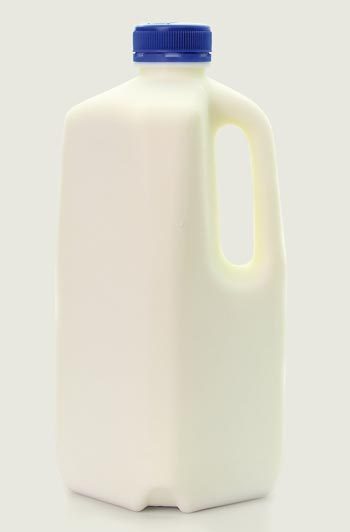30 Apr 2018
Roger Evans recalls instances when those who should have known better misinformed audiences about animal health matters.

Image: Oldmn / Adobe Stock.
I am always reluctant to repeat myself in these articles and only do so here because it is relevant to what follows.
A few years ago I told you I had been asked to speak to an organisation that seemed to comprise of retired businessmen and retired professional people – all male. I gave them about 40 minutes on the life and times of Roger Evans – a tale of great hardship and woe, and quite a bit of fun.
When I finished I opened up to questions. The first question completely threw me. He said: “You’ve told us a lot about the dairy industry, but you haven’t mentioned the hormones and antibiotics in milk?” I answered the question honestly and clearly. I told him there were no antibiotics in milk and hormones were banned in the EU. Also, even if I wanted to give my cattle hormones, I wouldn’t have a clue where to buy them.
I clearly remember answering with a feeling of disbelief the question had been asked in the first place, which was compounded by the growing realisation my audience, by its demeanour, didn’t believe me.

All the questions that followed were a bit flat. One of the audience, a retired doctor, even wrote to me and took me to task for misleading the audience on the subject of antibiotics and hormones in milk. I took the trouble to telephone him, which turned out to be a complete waste of time. He should, given his background, have known better. But he didn’t want to listen, and was so abrupt he was close to impolite – and presumably hurried off to put his head back into the bucket of sand where he usually kept it.
My subject today is the serious issue of antibiotic resistance. We all know, in the scheme of things, agriculture is a huge user of antibiotics, and as blame is bandied about, it is worrying so much misinformation exists – especially from people who should know better.
Here is another example. I know someone who works for a national health trust. That person is qualified in what he or she does – not a doctor, but holds clinics. The individual was having what that person calls a “mandatory training day”. One has to be done every year; it is a sort of refresher course of all the skills he or she uses and, as such, leaves a paper trail where you regularly update risk and address those risks responsibly. I probably haven’t explained that very well, but I suspect you know what I mean. It is the sort of stuff that invades all our lives – we even have to do something similar at the rugby club.
Next to address the 30 or so in the throng was someone talking about reducing antibiotic resistance. After outlining the seriousness of the issue, as an example, the speaker turned to meat and posed the question: “If you had a choice of two pieces if meat to buy, would you buy the bright red one or the piece that is a bit darker?”
Everyone except my source raised a hand in favour of the bright red sample.
Wrong. My source knew the bright red sample is the freshest and the darker one is more mature, more flavoursome and probably better eating.
The speaker continued: “The brighter red colour is a clear sign of how much antibiotic is in it – the brighter the red, the more it is contaminated.” Wrong again.
This defies belief – that someone in some sort of position of authority can say that, and be allowed to say it, is a disgrace. It is worse because it is said by someone who works for a health trust. If it was to a different audience, why wouldn’t you believe that person? A bit like the doctor at the businessmen’s club; he surely knows what he is saying isn‘t true.
That is so obvious the cynic in me suspects other agendas are at work here. To me, these are very likely the words of a vegan. He has every right to say this sort of thing at a vegan meeting, even if it is totally untrue. As untrue as saying myself, and other livestock farmers, are the modern-day equivalent of slave traders and owners.
As long as people like that persist in similar ridiculous analogies, society in general will not take them seriously. It is quite an important point, if the antibiotics in bright red meat story comes out with the slavery story, people are able to make a link between one story and the other, and put some context to it. But if the antibiotic in meat story comes out when they are talking, presumably, with the backing of a health trust, that is very wrong and should not be allowed.
My next example comes from an item I saw on a news programme. The item reported 60 per cent of patients who visit their GP because they have a sore throat are prescribed antibiotics (Gulliford et al, 2014). Most sore throats are caused by a virus, and giving antibiotics is a waste of time. This is a part of the bigger problem and, therefore, makes a contribution to the overuse of antibiotics. All they really need is something such as paracetamol to alleviate the discomfort. I always find Lemsip and whiskey works for me.
I am not seeking to apportion blame in all this – merely to illustrate all sectors of society have a part to play in the overall antibiotic use and the dangers inherent in misinformation.
Not all that long ago it was best practice to use blanket dry cow therapy across a dairy herd. Forty per cent of antibiotics used in the national dairy herd are for this treatment alone. Today it is best practice to use selective dry cow therapy on just those cows that need it – a teat sealant is the answer for those that don’t.